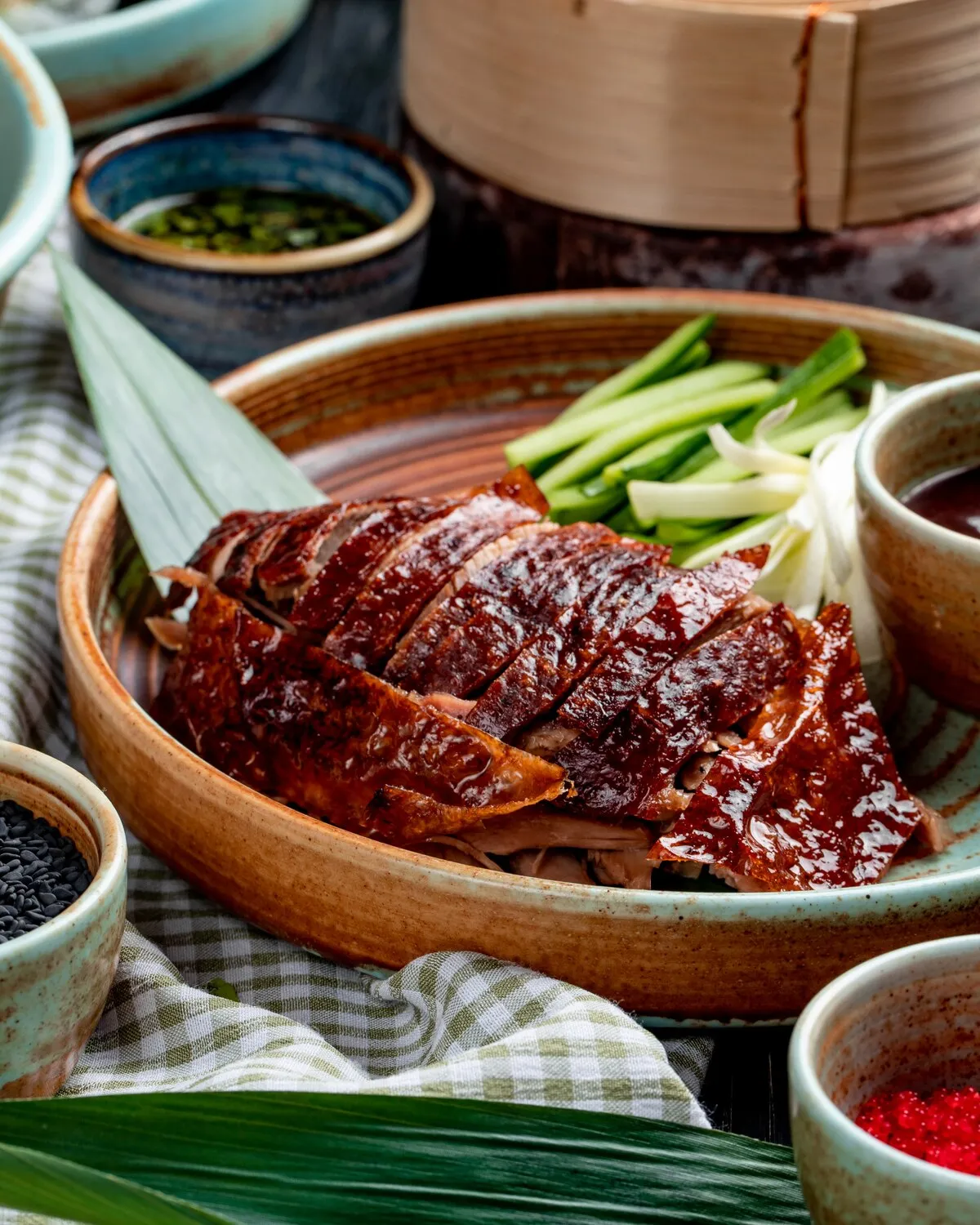
Roast Beef
A classic roast beef dish.
Nutrition Facts
* The % Daily Value (DV) tells you how much a nutrient in a serving of food contributes to a daily diet. 2,000 calories a day is used for general nutrition advice.
Roast beef has a long history in England, evolving from medieval roasting techniques. Large cuts of beef were roasted over open fires, often on a spit, a practice that became more refined with the advent of ovens. It gained further prominence during the Industrial Revolution when beef became more accessible to the working class, solidifying its place in British culinary tradition.
Roast beef holds a significant place in British culture, often associated with Sunday lunch, family gatherings, and national pride.
Sunday Roast Tradition
Roast beef is the centerpiece of the traditional Sunday roast, a weekly ritual where families gather to share a meal. This tradition stems from a time when families would place a cut of meat in the oven before attending church on Sunday morning, returning to a freshly cooked meal.
Symbol of National Identity
Roast beef is often viewed as a symbol of British national identity, sometimes even used satirically in political cartoons or nationalistic imagery. The nickname 'les Rosbifs' is commonly used by the French to refer to the English, highlighting the dish's association with British cuisine.
Festive Occasions
Beyond the Sunday roast, roast beef is also a popular choice for celebratory meals, such as Christmas dinner or other special occasions.
Roast beef offers a savory and rich flavor profile, characterized by the natural taste of high-quality beef enhanced by simple seasonings and rendered fat.
The primary flavor is the robust, meaty taste of the beef itself, often enhanced by salt, pepper, and herbs such as rosemary and thyme. The searing process creates a flavorful crust, while the interior remains juicy and tender. The rendered fat contributes to the overall richness and moisture. Gravy, often made from the pan drippings, further amplifies the savory notes.
Choosing the Right Cut
Select a high-quality cut of beef, such as ribeye, sirloin, or tenderloin, depending on your preference for flavor and tenderness. Marbling (intramuscular fat) is crucial for a juicy and flavorful roast.
Proper Seasoning
Generously season the beef with salt and pepper at least an hour before roasting, or preferably overnight. This allows the salt to penetrate the meat, enhancing its flavor and moisture retention.
Searing for Flavor
Sear the beef on all sides in a hot pan before roasting to develop a flavorful crust. This process, known as the Maillard reaction, creates complex flavors that enhance the overall taste.
Resting is Essential
Allow the roast beef to rest for at least 15-20 minutes after cooking. This allows the juices to redistribute throughout the meat, resulting in a more tender and flavorful roast.
Using a Meat Thermometer
Use a meat thermometer to accurately gauge the internal temperature of the roast and prevent overcooking. Different internal temperatures correspond to different levels of doneness (rare, medium-rare, medium, etc.).
Explore additional Roast dishes and restaurants
Explore RoastDiscover top dining spots and culinary experiences in Cork.
Explore CorkLearn more about the food culture, restaurant scene, and culinary heritage of Ireland.
Explore Ireland